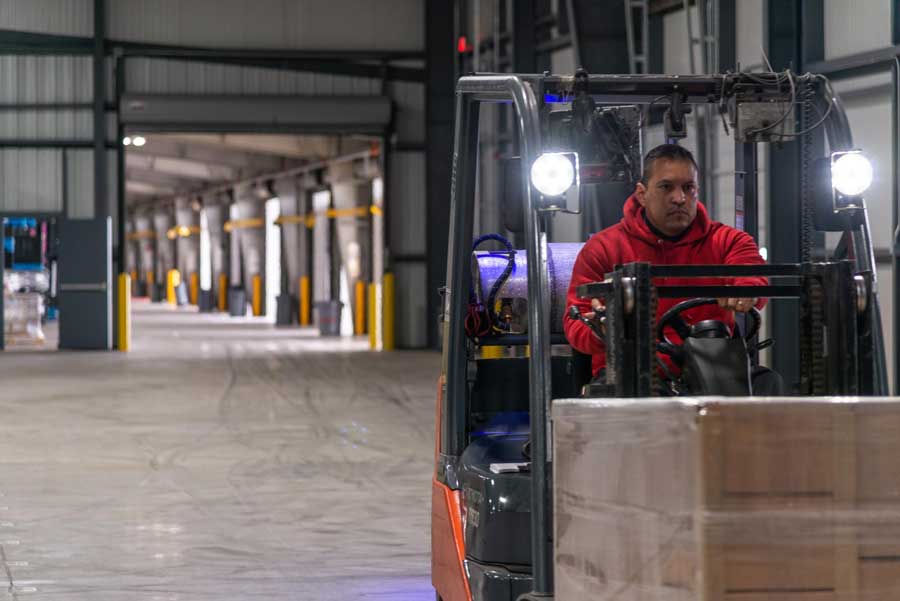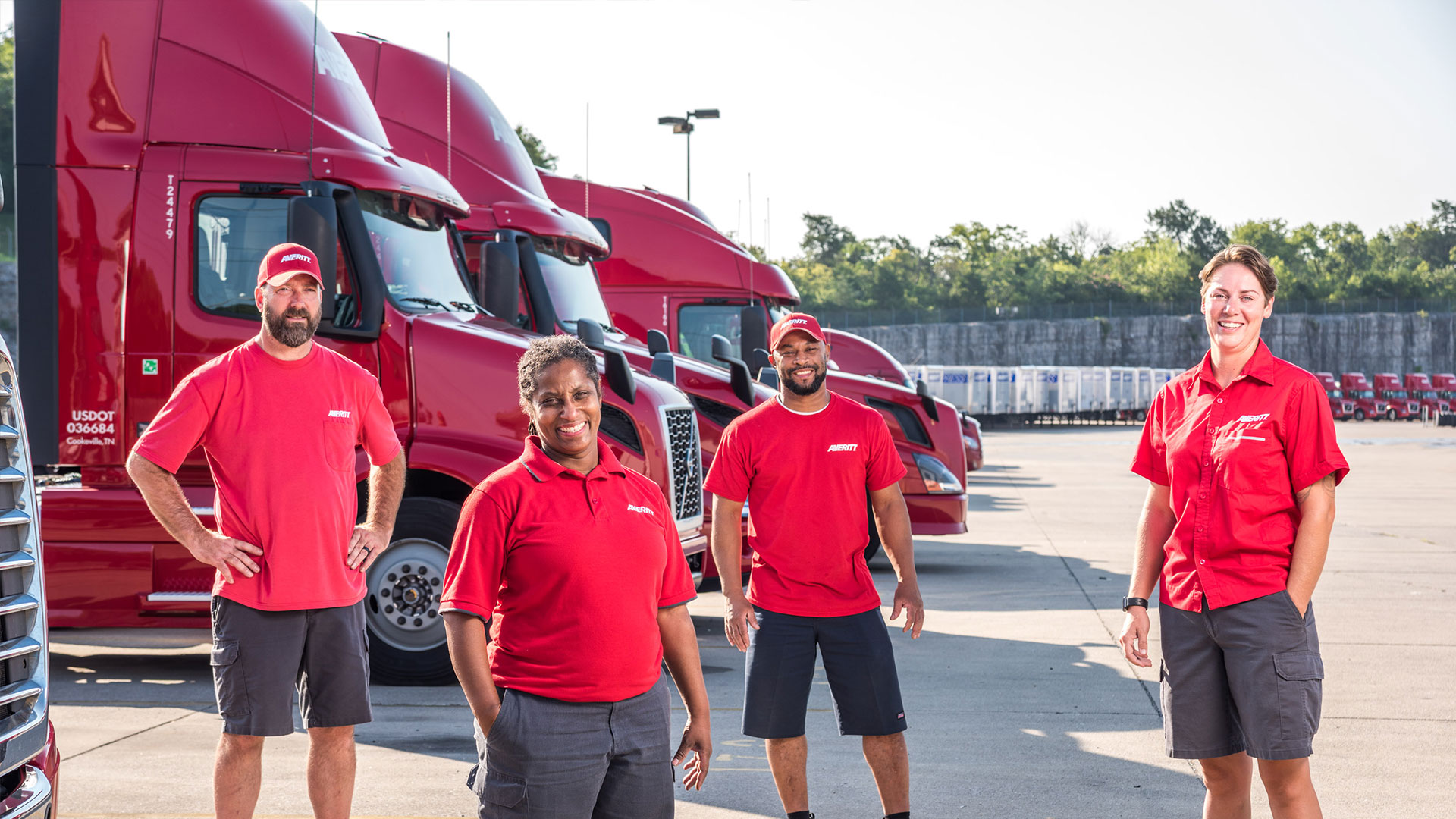As the 2021 holiday retail season kicks in, many shippers are facing a wide range of dilemmas. From manufacturing and port delays abroad to extended wait times for cargo ships to be unloaded in the U.S., supply chain disruptions are almost daily occurrences. So what is happening, and more importantly, what can shippers do about it?
While there are many different pieces of the puzzle that is today's global supply chain environment, the origin of challenges goes back to the beginning of the pandemic in 2020. Economies around the world, including the manufacturing hubs of China, shut down for weeks and even months at a time. As countries tried to contain outbreaks, rolling economic shutdowns were frequent and scattered. This led to downstream areas of supply chains, such as manufacturers and suppliers in the U.S., unable to reliably import cargo to feed operations and shelves.
As economies began to open back up, pent up consumer demand also roared back to life. While promising news on paper, supply has struggled to meet the demand. Steadily, cargo ships have lined up to dock at major ports around the world, including those along the coasts of the U.S. However, many ports have been unable to handle the staggering amount of cargo to hit the waterways.
As port delays grew, the problems also began to extend to the rail lines that move international containers across the country. At the same time, local trucking operations that support container transportation from the ports and from rail hubs across the country have also become inundated.
Many pundits have pointed the finger of blame solely at the challenge of filling open truck driving jobs. However, the challenges are more widespread than the trucking industry alone. From port and rail infrastructure to hiring challenges and equipment shortages across nearly every industry, the list of issues is a long one.
Nonetheless, shippers can find ways to compete and even excel in today's challenging international supply chain environment. For many, it will be a matter of rethinking the way that supply chains are "supposed to work" versus the reality of where we are today.
Extend International Lead Times
As long as the waiting lines for container ships to be unloaded remain heightened, shippers should approach their planning with extended port delays and overall lead times in mind. In previous years, products shipped from China could take 14 to 20 days to reach the West Coast and approximately 30 days to reach the East Coast. Today, however, shippers can expect those lead times to be extended by as much as two months.
These delays can be further increased by port congestion and inland transportation capacity constraints, including intermodal services.

Set Reasonable Expectations
Unfortunately, there will not be an overnight cure to the challenges that are facing international supply chains. Extended delays on the transportation of foreign products, especially those moving via ocean, will continue for months to come.
Simply put, today is the best time to have conversations with customers about the reality of the current situation. Avoid setting goals that are beyond your ability to achieve due to uncontrollable circumstances. Make sure that your customers and colleagues understand that lead times will most likely be extended, and that all parties will need to remain as flexible as possible with planning.

Inventory Planning and Safety Stock
Planning ahead for seasonal surges and traditional demand will help shippers tackle the months and years ahead with less stress.
At the same time, many supply chains have been structured around the tenets of the agile strategy. Though maintaining low levels of inventory in minimal warehousing space made perfect financial sense in years past, empty store shelves seen in 2020 and 2021 have made shippers reconsider this classic approach.
Warehousing a safety stock of products or materials could be the difference between an extended factory shutdown and an uninterrupted operation. At the same time, storing inventory could also be a cheaper alternative to predicting how long a container will take to cross the ocean in the months ahead.
Different Approaches To Warehousing Freight
There are many different strategies to staging inventory for distribution within the United States. One approach is to stage goods within key markets for quick order fulfillment or delivery to local and regional operations. This option is great for companies that are looking to reduce their delivery transit times to customers in specific markets.
Secondly, businesses that utilize a cross-border supply chain may want to take advantage of a distribution center along the border, such as Averitt's warehouse in Laredo, TX. This approach allows freight to be received, inspected, and processed for final delivery and distribution before moving further inland into the U.S. or into the interior of Mexico.
Additionally, it may make more sense to warehouse imported cargo at a distribution center that is located near a sea port. This can streamline the container drayage process as the containers can be quickly unloaded and returned to the port terminal.
Averitt's Distribution and Fulfillment network features more than 2 million square feet of warehousing space throughout the U.S., with locations in major consumer markets, along the U.S./Mexico border, and by major sea ports, including Houston, Savannah, Charleston and Norfolk.
Watch the video below to learn more about Averitt Distribution and Fulfillment!
Planning Even Further With Nearshoring and Reshoring Operations
Another solution that many shippers are looking into is nearshoring and reshoring. Nearshoring is the act of bringing manufacturing operations, such as those in Asia, to countries closer to the U.S., such as Mexico and even some South American nations. While manufacturing costs may be higher in Mexico when compared to traditional locations in Asia, the length of the supply chain to the U.S. can be significantly reduced.
Of course, this is a strategy that requires in-depth planning, but the passage of the new USMCA agreement can bring additional benefits to those that manufacture goods in North America.
Additionally, supply chain strategies between U.S., Canada and Mexico can be strengthened by great transportation partnerships. Averitt, for example, provides customized end-to-end solutions between the U.S., Canada and Mexico.
At the same time, some businesses that have leaned on foreign manufacturing to support their supply chain are also looking at ways to bring operations back to the U.S. This process is known as reshoring. While reshoring can be costly, having operations at home can give businesses more control through turbulent times, whether geopolitcal or pandemic-related.

Build Partnerships With Service Providers
Some analysts believe the challenges inhibiting international supply chains may last well into the third or fourth quarters of 2022. The truth, however, is that no one has the ability to look into the future. What is known is what is happening today, and these issues will certainly last for more months to come.
To that point, shippers and their logistics solutions providers should focus on building strong partnerships rather than transactional business relationships. Working closely together with open communication will always garner better results for both parties than short-term service inquiries that come and go.







